Black-footed ferret
The Black-footed ferret is the only ferret species in North America that is closely related to the Steppe Polecat from Russia. These small carnivorous prairie animals were classified as endangered mammal in United States since 1967.
Black-footed ferrets weigh roughly about 1 kg and are around 45-55 cm long with a furry tail about 15 cm. Their bodies are low to the ground and have short legs similar to their members of the family. Their fur appears to be yellowish-brown overall but it is actually white at the bottom and darkens at the edge, with a distinctive black face mask, and black feet and legs and black tip on the tail.
Black-footed ferrets are nocturnal and primarily hunt for prairie dogs. They are also known to eat mice, ground squirrels and small animals and birds. An adult black-footed ferret eats roughly more than 100 prairie dogs in a year and cannot survive without them. Basically a prairie dog colony in the 125 acres of land size will provide a sufficiently stable diet for the ferret. All black-footed ferrets are clinging largely on the prairie dogs for their survival including using prairie dog burrows as their shelter during the day. Most ferrets spend nearly 90 percent of their time underground in the wild.
Black-footed ferret mating seasons last from March-April. Gestation of kits usually lasts 41-43 days. The number of kits born by ferret is ranges from 1 to 7, but most normally only 3 or 4 are born. When they are born, they are blind and helpless and will stay underground until they are reaching 2 months old. By this age, their mother will begin to take them on hunting forays and will separate them into different burrows. The young ferrets become completely independent and will disperse to their own territories by October.
Black-footed ferrets are completely dependent upon prairie dog colonies for survival where they live in prairie dog burrows and eat prairie dogs. However, the drastic reduction of prairie dog numbers through the destruction of prairie grassland habitat, poisoning, shooting and sylvatic plague have all contributed to the near extinction of black-footed ferrets species. The species were rarely seen even before their numbers declined as they were not recognized by scientists not until 1851.
In 1981, small colonies were discovered near Meeteetse, Wyoming. The population began a drastic decline due to disease after the discovery of black-footed ferrets. By the year 1986, the Wyoming Game and Fish Department organize a program to capture the remaining ferrets and begin an intensive breeding program and thereafter release ferrets back into the wild. The ferrets have been listed as Endangered Species under the Endangered Species Act. The recovery program has been called for the establishment of self sustaining wild populations. The biologists hope to have at least 1500 ferrets be living in the wild with more than 30 breeding adults in each population. The objective for this program was to ensure that the ferrets could be downgraded to threatened status.
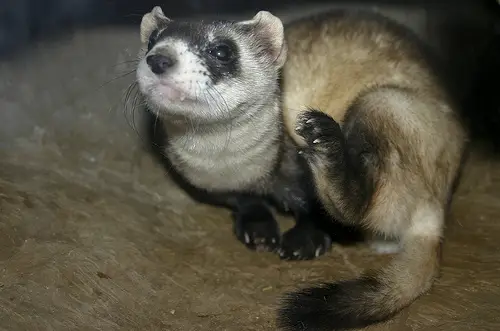
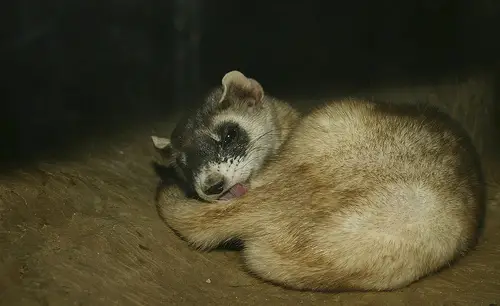
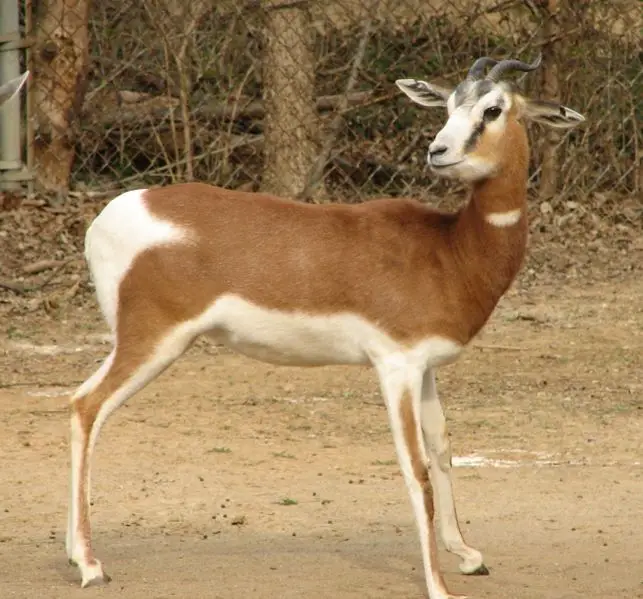
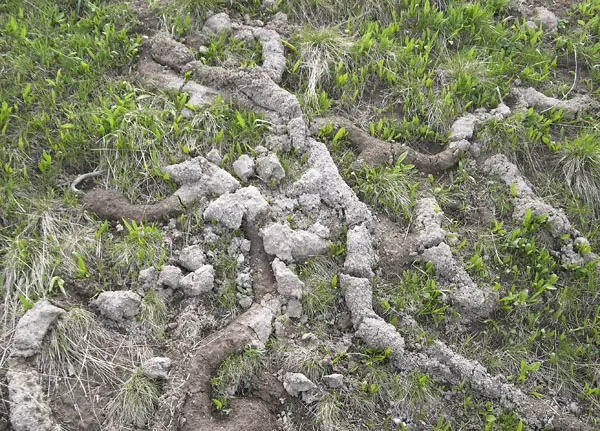
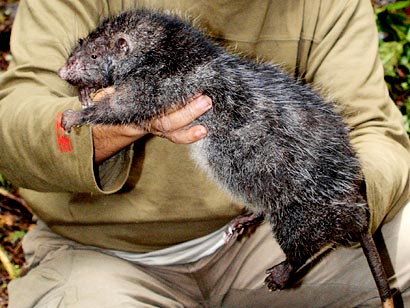
does it live in water or how often does it drink water?